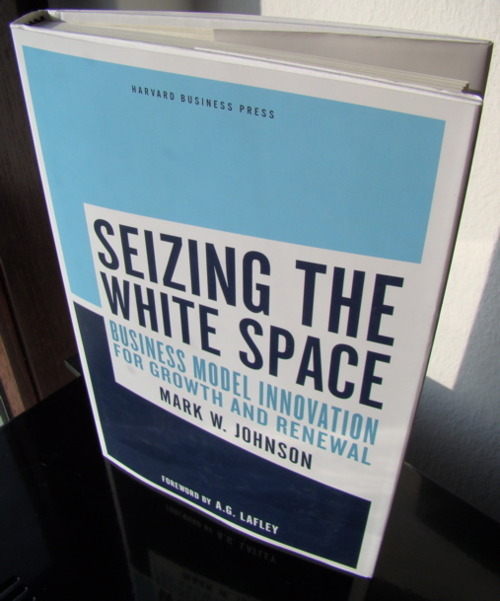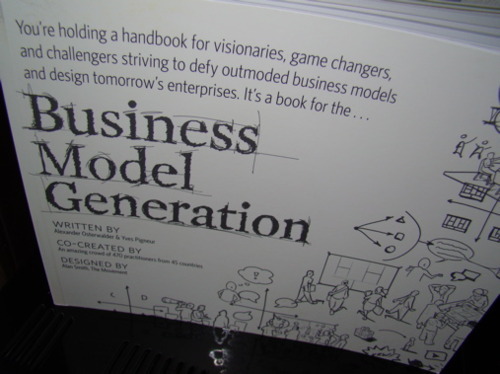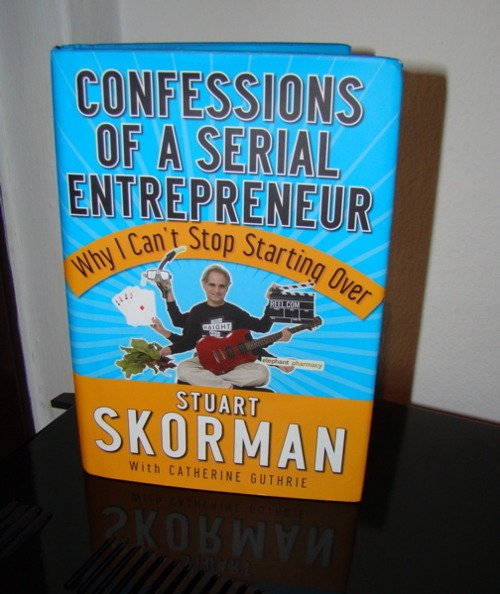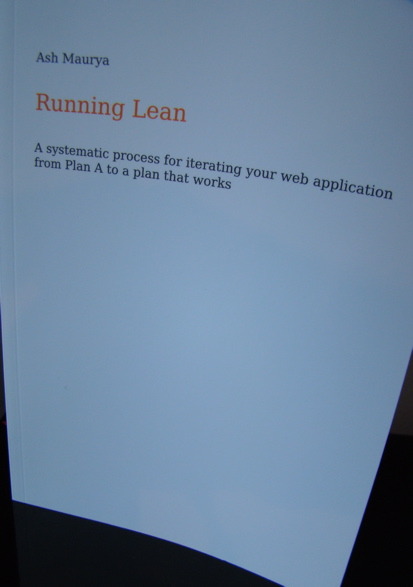
What is it about?
Ash Maurya takes Customer Development & the Business Model Canvas and applies them onto web development. He shows step for step how to find a viable market.
What can I learn?
Test hypotheses: Building your business model is about iteration, i.e. you test something, if it doesn’t work, you are going to try something different. To actually reject assumptions, you have to write these as hypotheses. For example, instead of “my blog will be a useful marketing device”, you should write: “my blog will lead to 20 conversions by the end of the month”. This allows you to actually reject your hypotheses and move to the next ones.
Talk to your customers: Do they think that you solve an important problem? Are they ready to pay for it? It’s better to know these things as soon as possible because you can easily change things at this level.
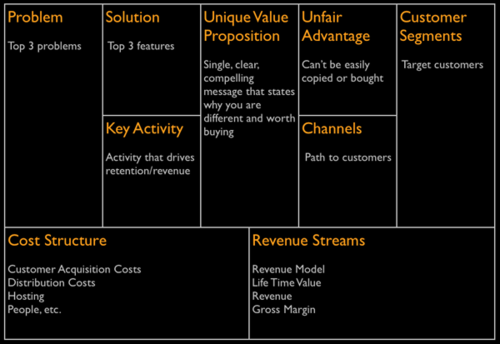
The Lean Canvas®: Above you see the Lean Canvas which will probably remind you of the Business Model Canvas. Each of these panels should be tested. You begin with the Problem and Customer Segment. Which problem of whom could be solved? And then slowly focus on the other panels. If you tested each panel successfully, you have build a sustainable business model.
Conclusion
After reading The Entrepreneur’s Guide to Customer Development, I was pretty impressed by Running Lean because it achieved presenting a similar topic much better. Ash Maurya took the time to show you how to go from one step to another and he supports each steps with tips. If you are interested in building a market-driven company this is definitely a book you should read. Recommendation!

